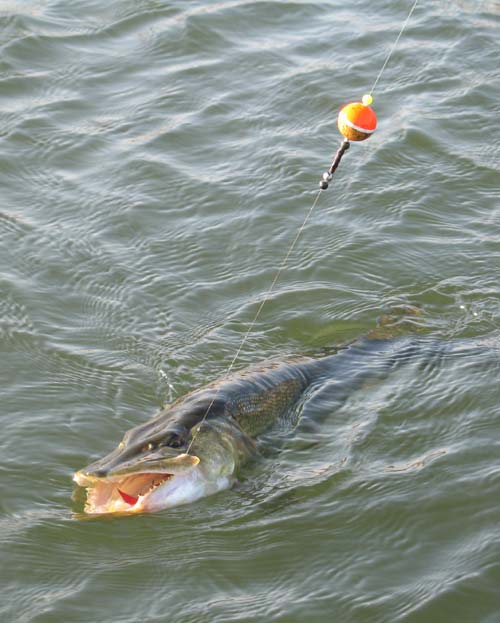Pike Culls: The Truth
The consequences of pike culling exercises have been well documented and they are widely acknowledged by fishery managers. After an initial decline in the number and overall biomass of pike, there is often a rapid recovery in the size of the population as a result of successful spawning and improved rates of survival of small pike. Where culls occur every few years the net result may well be that the pike biomass recovers to its pre-culling status, although this often consists of more, but smaller, pike.
Selective culling of the smaller pike appears to be more successful. If large pike are retained in situ they are able to prey on and control the numbers of their smaller brethren. Certain authors have reported the density-dependent regulation of pike populations through cannibalism. One Dutch scientist confirmed that the biomass of small pike, especially young-of-the-year fish, depended on the abundance of larger individuals present in shallow fisheries.
On small bodies of water where culling is efficient, intense and continuous, it is logical to conclude that pike numbers can be controlled and the numbers of prey fish may increase – sometimes with adverse consequences on their growth and health.
On larger bodies of water maintaining a pike cull becomes increasingly difficult and expensive. Fisheries scientists acknowledge that at least 30, and perhaps 70 percent or more, of the pike biomass must be removed annually to prevent the rapid recovery of a pike population to its pre-culling size. An American scientist has estimated that at least 25% of the individual pike had to spawn (and, therefore, had to be present) to maintain the pike population.
Where culling is not efficient, intense or continuous, the pike population can rapidly regain its former biomass at the expense of the average size of the fish. It has been pointed out that “Practical experience on many waters has shown, that when most large pike are removed from a lake, there is an ‘explosion’ of young pike surviving subsequently”.
It is sobering to remember that since the last glaciation, some 10,000 years ago, British pike have not succeeded in eradicating their prey from any known fishery (bar one)…, something which cannot be said of mankind!
A copy of this document is available as a PDF file here. Pike Culls: The Truth
The information on this page has been sourced from an article in Pike Fishing Beyond 2000 by Bruno Broughton.


